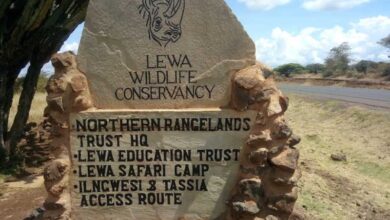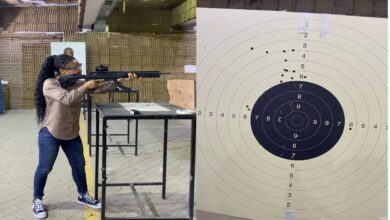
Saiwa Swamp National Park is located in Kenya’s Rift Valley Province, in Trans-Nzoia County, close to Kitale. It was established as a refuge for the Sitatunga, a rare aquatic antelope, and is the smallest national park in Kenya at about 3 km2. About 3 square kilometers make up the park. The primary objective of Saiwa Swamp National Park’s establishment in 1974 was to safeguard the habitat of the critically endangered Sitatunga antelope. The Sitatunga antelope, which is semi-aquatic and adapted to living in swamps and marshy environments, has a sizable population in the park. These unusual antelopes thrive in the park’s wetland ecosystem, which includes papyrus swamps, reed beds, and wooded regions.
Saiwa Swamp National Park is home to a variety of wildlife species, including monkeys, otters, genets, and several bird species in addition to the Sitatunga antelope. The park provides possibilities for wildlife observation, nature hikes, and birdwatching. Through the park’s network of boardwalks and walkways, which offer access to various areas of the marsh, visitors can explore the area. Saiwa Swamp National Park is a beautiful and tranquil location where visitors can enjoy the serenity of nature. It is a significant conservation area that works to protect the Sitatunga antelope’s habitat and biodiversity as well as that of other local animal species.

Activities at Saiwa Swamp National Park
1.Game and Bird Watching
The habitat of the uncommon and imperiled semi-aquatic Sitatunga antelopes and the sanctuary for the endangered De Brazza’s monkeys are both located within this tropical wetland. A lot of birds are present. The lesser Jacana, the grey heroine bird, and the African black duck are examples of waterfowl. The Noisy Ross’s Toracos, which are incredibly hard to miss, the yellow bishop, and other animals are protected by the forest. You might encounter reptiles and amphibians along the woodland route, such as a side-striped chameleon, forest cobra, and blue-headed tree agama Lizard.
2. Camping
The Sitatunga public campsite, the Saiwa events & picnic site, and the serviced campsite are all located within the park. Hot showers, power, a barbecue, flush toilets, and sheds and shelters are some of the amenities they provide. The KWS owns the self-catering and lodging-only lodge known as the “tree-top house,” so named because it is perched on a tree in the park. It is a single room that sleeps two people and has twin beds and an ensuite bathroom. Utensils are brought by the visitors, and cooking is done at the park’s main building. The Sirikwa Tented Camp, located at the major Kapenguria road 6km from the Saiwa marsh intersection, is one of the additional campgrounds and lodging options in the region.
3. Board and Nature Walk
It feels wonderful to cross the bogs on the rickety yet sturdy boards. You might spot sitatungas strolling through the reeds or hiding there. There are trees everywhere, and you can see birds and monkeys roaming about and hear the echoes of their voices. You were exposed to many different tree and plant species during these hikes through the marsh and forest, as well as the cold, fresh air sweeping through the branches.
4. Tower Watch
The towers are made of wood and can support a considerable number of people because to their strength. They are used to create overhead watches that allow for elevated viewing over a big area. There are two towers, and it is stated that the view from both towers nearly sums up the whole park area because of the far-range view one sees. From the tower, you can be lucky to see the antelopes at a range or get birds flying at a close range.




